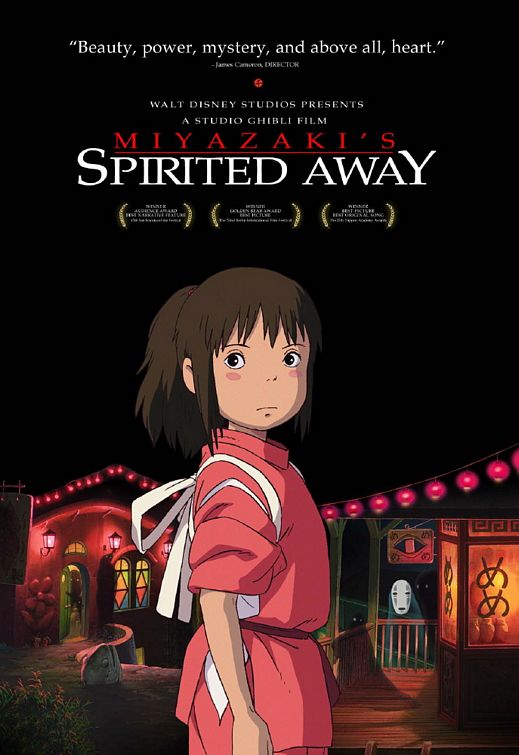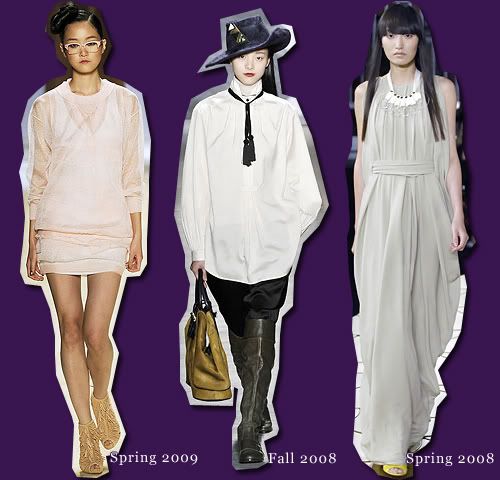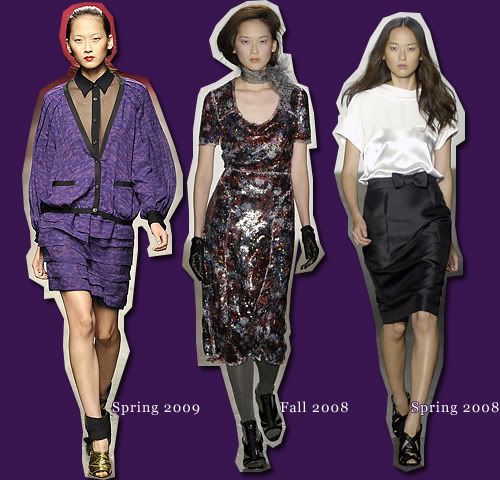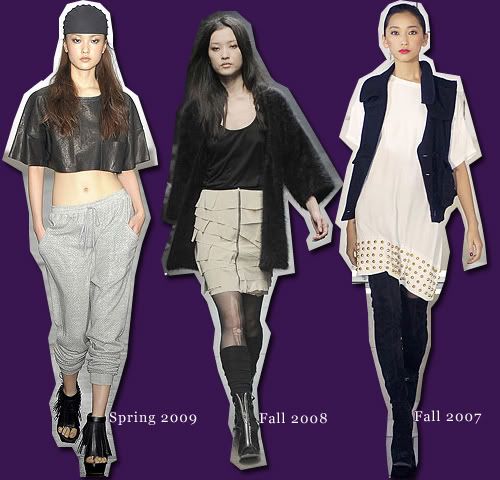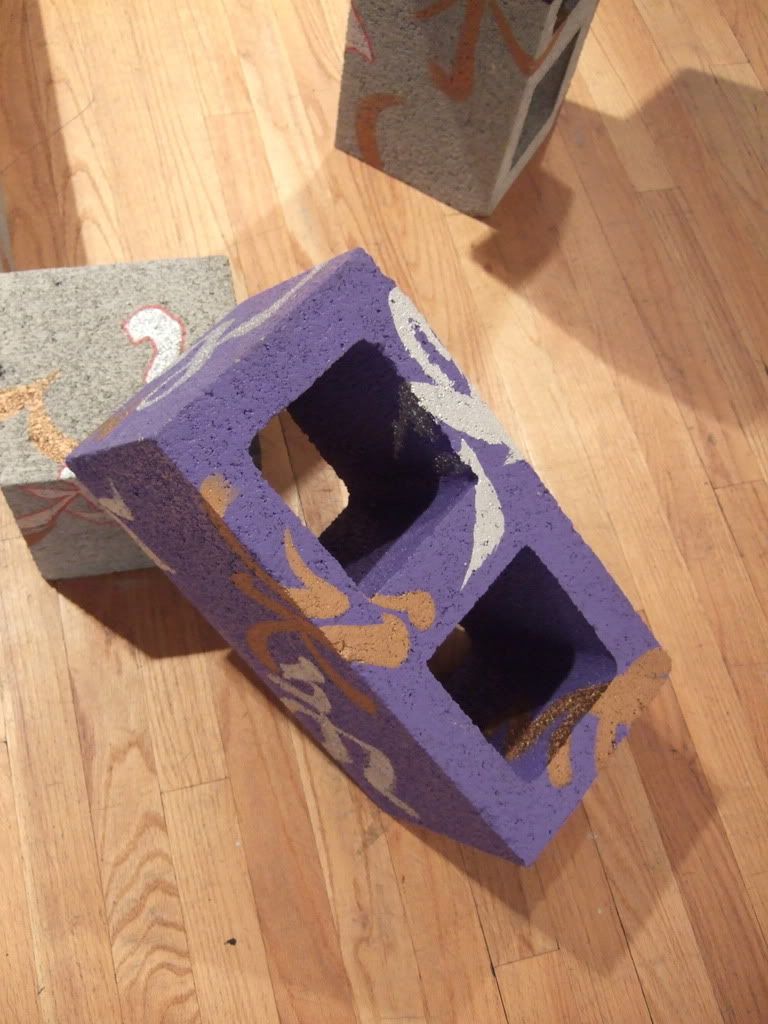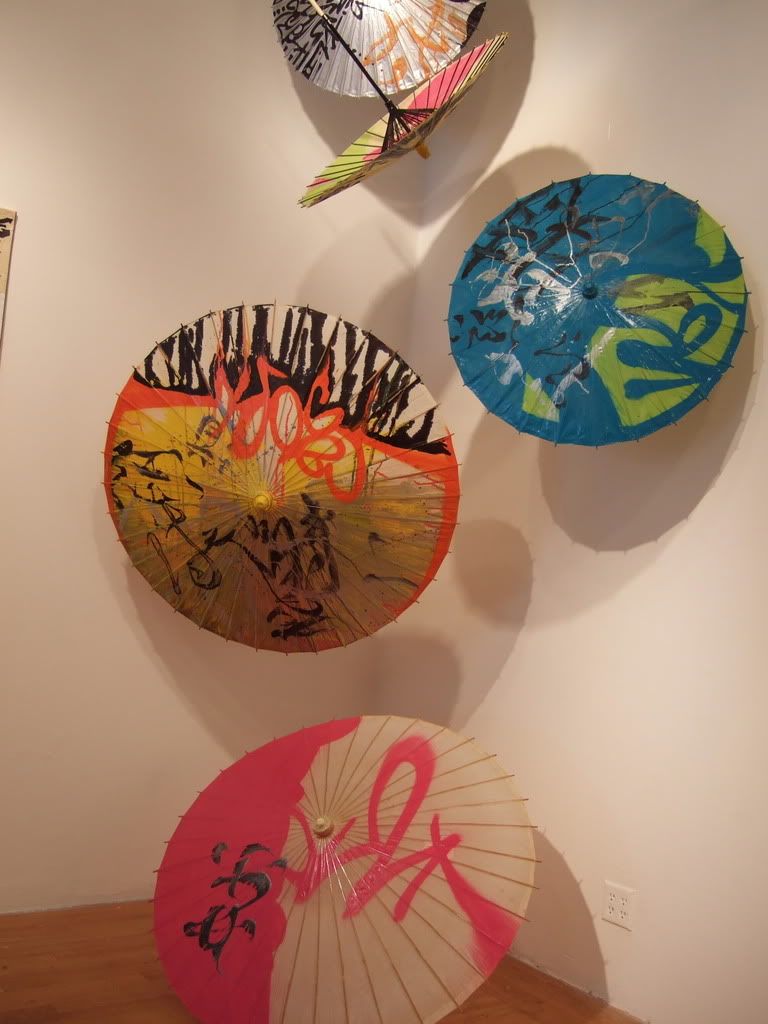

POP, or Producing our Power, was the big, final event that all the ETHS 210 Asian American Culture classes participated in. It was held at Brava Theater in the Mission District from 7 PM-10 PM this past Monday. The students of Irene Duller, Valerie Soe, Isabella Pelaud, and Allyson Tintinangco-Cubales each played a part in the show to represent Asian American culture at its best. Many types of performances were given, including video, skit, spoken word, and dance. Each class had their own unique line of performances to show the audience what message they wanted them to hear.
After the event, I was excited and happy to see all the various types of performances that were executed by the classes. Even though I only got to see performances by Valerie Soe’s class and our class because my group and I had to man the food tables, I got a major impression of what Asian American culture was about and what it was like. Asian American culture is composed of such a wide range of aspects that I do not even know most about. There’s food, dance, music, and many, many more. Just watching the performances makes me appreciate my Asian American heritage even more because I found out that Asian American culture is a part of me. I was built from Asian American culture. I am the way I am because of Asian American culture. Basically, Asian American culture has affected my whole life and the person that I am. Without Asian American culture, I would not even be able to imagine what and where I would be right now. I guess that I would live life without ever caring or putting into consideration what and where my roots come from.
POP was amazing and one of the most memorable experiences that I will remember. I have both attended and participated in numerous performances before, such as concerts and plays but this performance for Asian American culture was special and unique in its own way. It stands out from the rest of the other performances I know. This performance blends culture and its other aspects, including identity, diversity, resistance, recognition, and many more. By incorporating all those aspects of culture into a performance, POP sends out a very strong message to the audience and community about Asian American culture. The audience gets a glimpse and a taste of what Asian American culture is about and they will come away from the performance to inform others about Asian American culture.
I was inspired by the performances in POP. I got sort of a reverberating feeling that everyone who contributes to POP was helping to aspire others and make Asian American culture even stronger in the community. Everyone might have done something different and do something little or big, but every little bit counts because it amounts to something so huge and wonderful for Asian American culture. For example, the skits that people performed each have a different plot and message to them, but they all unite under the common goal and theme that Asian American culture is an important representation for our society. As Asian Americans, we already see that, but it is important for non Asian Americans to realize that too.
Valerie Soe’s class did a really nice job of putting on their show. I loved their skits because they were really creative and funny at the same time. For the Harry Potter skit, I was laughing so hard but also thought, “Aww, poor Harry Potter.” I felt sorry for him but then this skit stressed an important point about Asian identity. Asian Ming Ming Potter turning into a white person really did not help him find out his identity. Thank goodness his friends Ron and Hermione helped him find out who he is and appreciate the person he is, even though others mistreated him. The first video of Yuki, an exchange student from Japan, attending SFSU and bewildered by the American lifestyle of hamburgers, silverware, and drugs, was a very realistic depiction of what immigrants and visitors from foreign Asian countries go through when they come to a new country like America. They are confused and do not know what is going on and are uneasy about the way Americans do things. The second video about John Smith and his encounters with people who make fun of him because he is a “twinkie”- white on the inside but yellow on the outside- reminded me of Lindsey Owyang and the conversation that she had with her older brother about the same subject in The Dim Sum of All Things.
For our class, I thought that we were as awesome as well. We just did our performance in a different way. From what I got to witness from our class, we expanded on the Asian American spectrum of performance and style. There’s Skit #1 with different television shows with Asian Americans incorporating Asian American food and how Asian a person is. The Fear Factor thing with eating the bird egg was cool (I actually saw that episode of Fear Factor on television) but then the part of the skit where a non-Asian person makes the transition and progresses to becoming more and more Asian is even funnier. It really shows the many common characteristics of Asian Americans such as being bad drivers and being good at math. Next was the dance group with hip hop, a traditional Filipino dance, and a slow dance. I liked how the dance group connected modern times and past times with dance because it shows how dance has progressed and significantly changed over the years. The Filipino traditional dance reminded us about sticking to our roots and remembering past traditions. Also, we have to keep traditions and culture alive so that future generations will remember and have knowledge about what Asian American culture is all about. Skit #2 gave an insight of what our class did over the semester by the way of blogging, our common source of spreading our word out to the entire world. My poetry group did a poetry skit where we talked about a scene of Koreans being abused by Japanese soldiers and how they resisted the pain and brutality they endured during those rough times. We showed the audience that poetry was another medium that Asian Americans used to get their words out in a creative way. Lastly, there was Ben and John doing an amazing rap and our class commemoration video to wrap our class performance. It was a great way to dedicate our entire class for all the hard work and fun we’ve had together.
Overall, the experience at Brava and my class made me think about Asian American culture more deeply and see its great importance to me. Asian American culture is something that I can’t ignore or run away from; I will always have it forever and I truly give thanks to my class for helping me embrace my culture a bit further. <3 :)
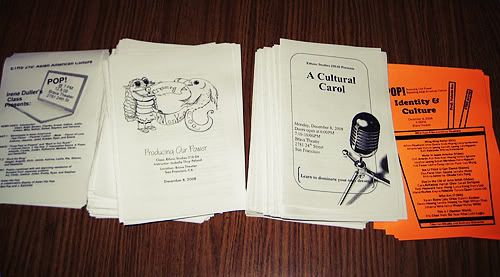
 All four teachers and their TAs on stage.
All four teachers and their TAs on stage.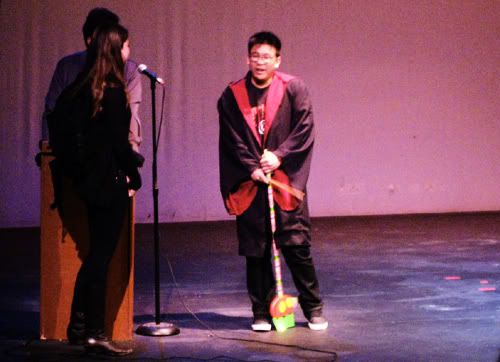








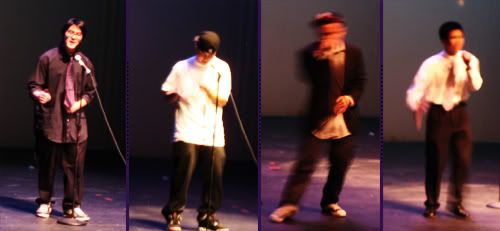
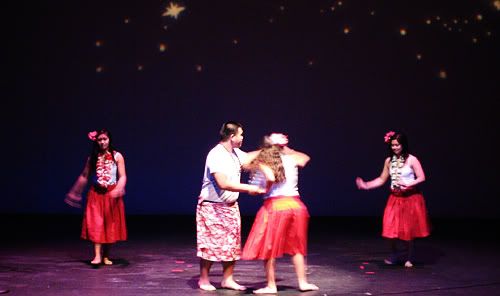





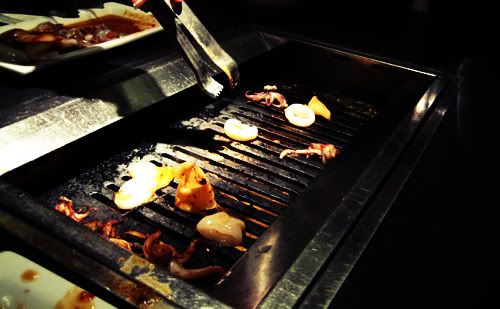

 POP, or Producing our Power, was the big, final event that all the ETHS 210 Asian American Culture classes participated in. It was held at Brava Theater in the Mission District from 7 PM-10 PM this past Monday. The students of Irene Duller, Valerie Soe, Isabella Pelaud, and Allyson Tintinangco-Cubales each played a part in the show to represent Asian American culture at its best. Many types of performances were given, including video, skit, spoken word, and dance. Each class had their own unique line of performances to show the audience what message they wanted them to hear.
POP, or Producing our Power, was the big, final event that all the ETHS 210 Asian American Culture classes participated in. It was held at Brava Theater in the Mission District from 7 PM-10 PM this past Monday. The students of Irene Duller, Valerie Soe, Isabella Pelaud, and Allyson Tintinangco-Cubales each played a part in the show to represent Asian American culture at its best. Many types of performances were given, including video, skit, spoken word, and dance. Each class had their own unique line of performances to show the audience what message they wanted them to hear. KEV JUMBA:
KEV JUMBA: Happy Slip:
Happy Slip:


